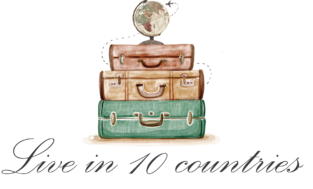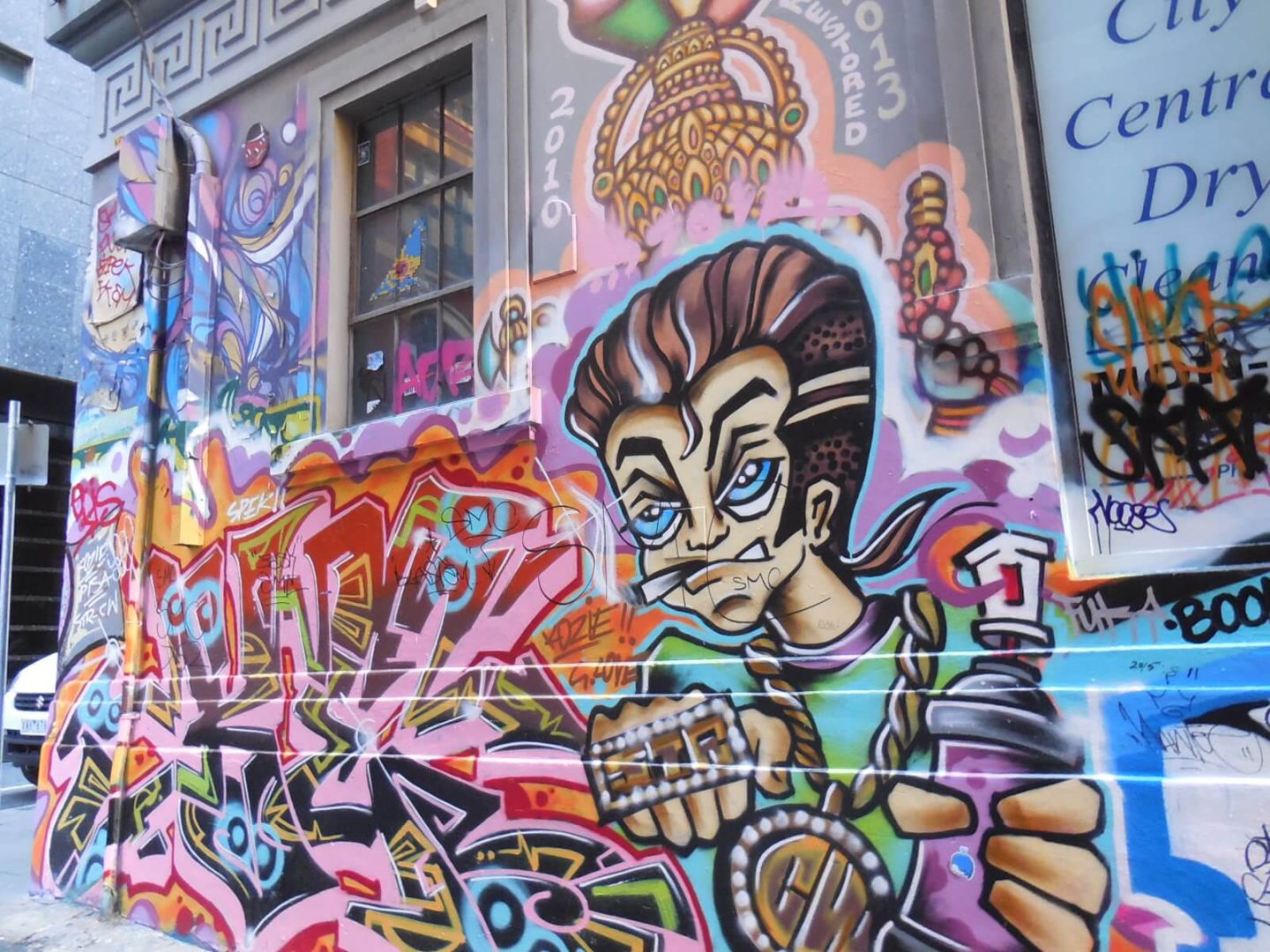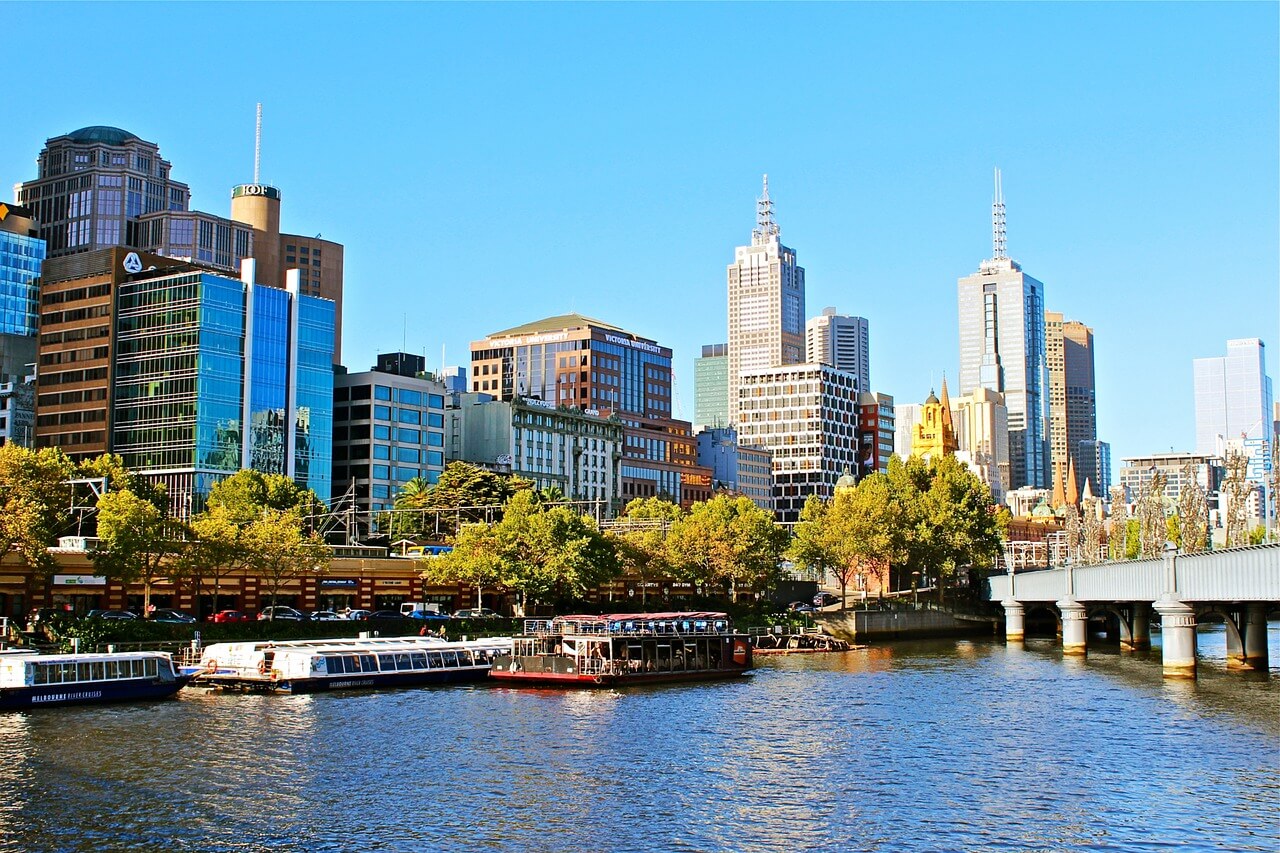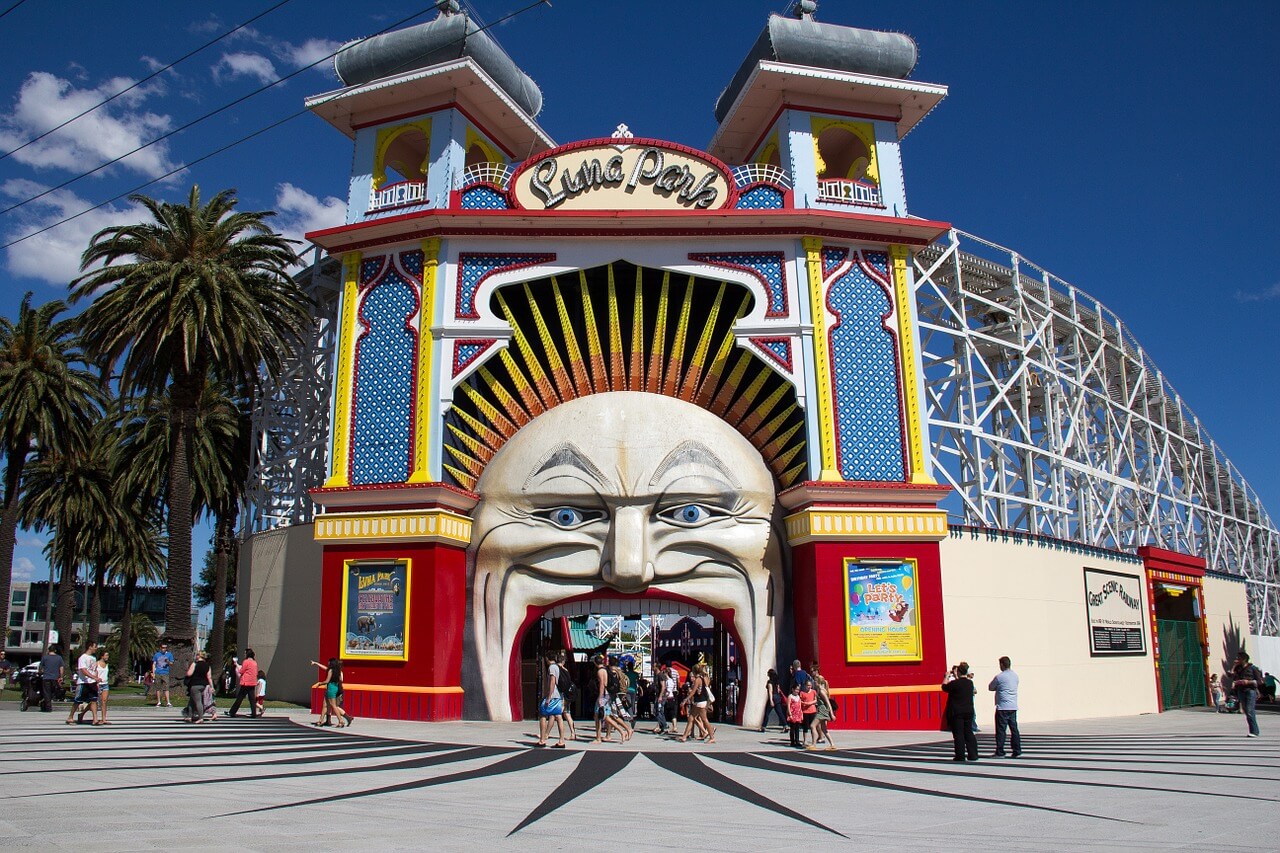Footloose and fancy free in Melbourne? Let this guide take you through the at a glance costs you’re likely to have. For a deeper browse, be sure to check out my tips on the working holiday visa and Australian partner visa guide
How to choose where to live in Australia
Being honest, I chose my destination purely by word of mouth, which I think is honestly one of the best ways to do it. Talk to people who’ve been there, decide if they’re batshit crazy, and make up your own mind.
I was working in Iceland at the time and I asked around at the Reykjavik Couchsurfing meeting. Everyone said Perth or Melbourne were good starting points for backpackers. I looked up Perth on the map – not too many points of interest nearby! So, Victoria, it was.
The jetlag and first month
I headed off jetlag, infamously bad between the UK and Australia, within a few days, thanks to one thing: careful sleeping on the route out. As you fly, ignore the local timezone and set your watch to destination time, then push yourself to eat and sleep at normal times for Australia.
In practice, of course, my Brit brain wouldn’t sleep at what it thought was 4pm, so I stayed awake a lot and had to really push myself to last until a semi-reasonable Aussie bedtime. It was absolutely critical though, because after that first day I was already mostly adjusted to the timezone, bar a bit of waking up at the crack of dawn.
So there I was, jobless and freckled to high Heaven. I signed up to every free event in the Melbourne Library, joined hang out on Meetup.com in the city and started the friend and job hunt.
Ideas for finding a job that actually worked
So my first idea was to print a host of CVs (which I’d written in England before I came) and pound the pavements. The positive was that I got a few hours in a cafe just because I was in front of the owner and ready to work, but plenty of places told me it was 2020 and to use the bloody internet. Plus the cafe job paid a pittance.
I registered with a bunch of temp agencies, landing temp shifts as a lolipop lady and (much more valuable) a career advisor at the agency who agreed to cast an eye over my CV. This is a great tip – sometimes temp agencies will offer career help if they think there’s something on your books you could go for.
What really made the difference for me in Melbourne was the fact that I’d found online friends and contacted before I landed. I got to know someone on Couchsurfing who offered to rent me an affordable room in Melbourne and showed me around.
She was an absolute gem and I’m so grateful! She worked in teaching and made sure to ‘bump into’ plenty of her connections around town and nonchalantly introduce me. Initially none of these meetings led to a job, but six months later I got the call and I had a permanent job at a school! Building connections is a real winner.
Finding a cheap place to stay
Not long later, I decided to be closer to work and that meant moving from the suburbs into central Melbourne.
Deep breath, moving is scary!
First, here’s a handy quick guide to (some of) the Melbourne neighbourhoods:
Yarraville – charming suburban area, which Melbourners consider as hopelessly far away as Auckland. Actually 30 mins from Flinders St Station.
Footscray – cheaper living costs and the best Vietnamese food in the city!
The CBD – neat shops, wide avenues and every nook crammed with a cute cafe, it’s the business district. Unlike London, it actually is possible to afford a room here (at a premium).
Carlton and Fitzroy – hipster havens with skateboarders, vintage boutiques and all the good pubs. Unsurprisingly, very popular and chic.
Prahran – pronounced ‘per-AN’, an area that has up and come already with a well-known indoor market and old style houses, just a quick tram hop from the centre. This area is known as a bit of a hot spot for Melbourne’s gay community and there are so many queer clubs.
St Kilda – beach, beach and a bit more beach. Oh and did I mention the Luna theme park? It’s crazy popular with backpackers, but because of that, expect to have to share a room in many cases.
Cost of living in Melbourne for a Brit expat
The cost of rent
We’ve all rented at least one nightmare, right? Mine was in the Windsor suburb and it was $225 per week for a small private room with $25 knocked off the price if I took care of the house’s garden. Slight snag, the room was so small that there was no floorspace inside that would allow you to stand upright without standing on a bed or the wardrobe.
The other girls were already friends and would do things like watch TV and have meals together without inviting me. They’d go silent and cold if I tried to join in. Yep, I moved out!
I moved to Prahran and picked up a shared room for $450 per month with bills included. But, most common for backpackers is holing up in St Kilda, with a shared room which might be (around) $2-300 a week.
Going swanky and beside the river, rents can push up into the 1000s!
The cost of food
Whether you eat to live or live to eat, there’s one unique thing about Melbourne that I and all my friends agreed on. Thanks to rounds of delicious and dollar friendly Asian eateries, you can often eat out in Melbs for almost the same price as you’d need to cook a home meal. A hot noodle dish that tastes home made could be no more than $10.
If you do grab groceries and cook at home, speciality Asian food shops can be some of the cheapest, and there are some located inside Melbourne Central.
A few of the big names for supermarkets are Coles, Aldi and Woolworths. I was a Coles connoisseur and a typical shopping basket might have bread ($2), milk ($3.50), cereal ($3) and apples ($3) – so close to $12.
The cost of transport
Trams in the central ring of the CBD and completely free so if you’re able to live dead centre you may find that a real bargain.
I paid in the area of $50 a month for a pass covering the centre and nearer suburbs.
The cost of a night out
With a bit of planning, nights out won’t lay down too much damage to your budget. That means checking the Facebook pages of clubs before you go in them, and either choosing free entry or those where you can get on a guest list for cheap entry. If they do charge for entry $15 to $20 wouldn’t be unusual.
For the full cheapo experience, go to a bar that stays open late and maybe has a bit of a dance area, rather than a club. A rooftop bar such as Union would do nicely and rooftop bars are a big part of the scene.
I can also recommend Attik and The Wharf Hotel with its waterside views.
- The Enchanted Glade Glamping Review - April 23, 2024
- How to get a working holiday visa for the UK – a full guide - March 21, 2024
- Panoramic Pods Allendale Glamping Review - February 15, 2024



